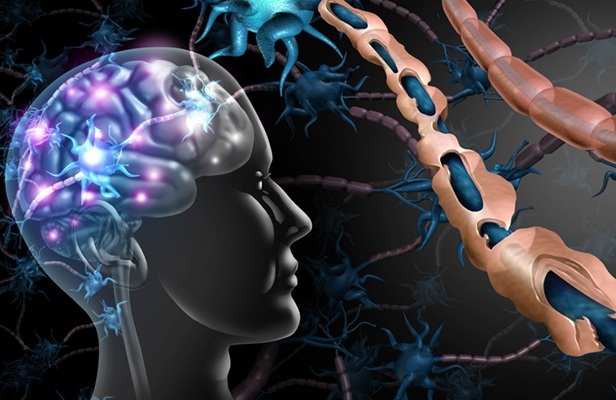Intratumor Heterogeneity Analyzed in Neuroblastoma
By LabMedica International staff writers
Posted on 22 Dec 2021
Neuroblastoma is the most common solid pediatric tumour, accounting for 15% of cancer-related deaths in early childhood and especially for patients directly diagnosed with high-risk neuroblastoma have a poor prognosis.Posted on 22 Dec 2021
Tumors are heterogeneous, which means that different parts of the same tumor can be genetically distinct. This phenomenon, known as intratumor heterogeneity, is steadily gaining in significance within the field of oncology. Cellular and molecular differences within the same tumor play an important role in many different cancers due to their implications for diagnosis and the use of targeted therapies.

Image: Histopathology of a typical neuroblastoma with rosette formation (Photo courtesy of Dr. Mark Applebaum, MD)
A large team of pediatric oncologists at the Charité-Universitätsmedizin Berlin (Berlin, Germany) and their colleagues collected tumor samples from 10 patients who were enrolled in a study between 2014 and 2018. Samples were collected by open surgical biopsy either at diagnosis, at tumour resection after 4–6 cycles of chemotherapy or at diagnosis of relapse. Fresh samples were immediately snap-frozen in liquid nitrogen and stored at −80 °C. Portions of tumour material were formalin-fixed and paraffin-embedded (FFPE) in parallel for diagnostics and preservation in the pathology unit. The team analyzed a total of 140 neuroblastoma samples.
Peripheral blood collected from each patient was used as a matched germline control for tumor samples. DNA was prepared using the Qiagen DNA Mini kit (Qiagen, Venlo, the Netherlands). The SureSelect Human All Exon V6 kit (Agilent Technologies, Santa Clara, CA, USA) was used to prepare libraries enriched with exonic sequences. The libraries were further prepared for sequencing using the Illumina TruSeq Exome Kit and sequenced on Illumina HiSeq 2500 and Illumina NextSeq sequencers (Illumina, San Diego, CA, USA). A list of genes potentially involved in neuroblastoma development was compiled by combining lists of potential cancer driver genes from several sources.
The investigators focused their analysis on the neuroblastoma-associated genes ALK, MYCN and FGFR1, which play an important role in both clinical course and treatment. According to their results, changes in the ALK and MYCN genes were not present continuously throughout the course of the disease, nor were they found in all tumor cells. Changes in the ALK and FGFR1 genes can offer useful treatment targets, particularly in relapsed patients. They found that, in some patients, ALK mutations which were present at the time of diagnosis had disappeared by the time the tumor was surgically removed. Changes in the FGFR1 gene were only found in distinct tumor regions. The scientists were also able to identify an instability in the number of gene copies present in neuroblastoma cells.
Angelika Eggert, MD, a Professor of Pediatric Oncology and a senior author of the study, said, “We are now in a better position to understand how neuroblastoma cells behave. This knowledge is essential in relation to patients who suffer a recurrence of their disease because their treatment often requires the use of personalized and targeted therapies. When a tumor presents as genetically heterogeneous, targeted molecular therapy may well capture a majority of the abnormal tissue but, crucially, will not capture all of the affected cells. The cancer will then be able to regrow from those remaining cells.”
The authors conclude that their in-depth analysis of neuroblastoma intratumor heterogeneity reveals that extensive genetic heterogeneity and subclonal diversification evolves under therapy and may have important implications for the clinical interpretation of molecular diagnostic results and for the selection of appropriate second-line treatment approaches. The study was published on November 23, 2021 in the journal Nature Communications.
Related Links:
Charité-Universitätsmedizin Berlin
Qiagen
Agilent Technologies
Illumina




 assay.jpg)








